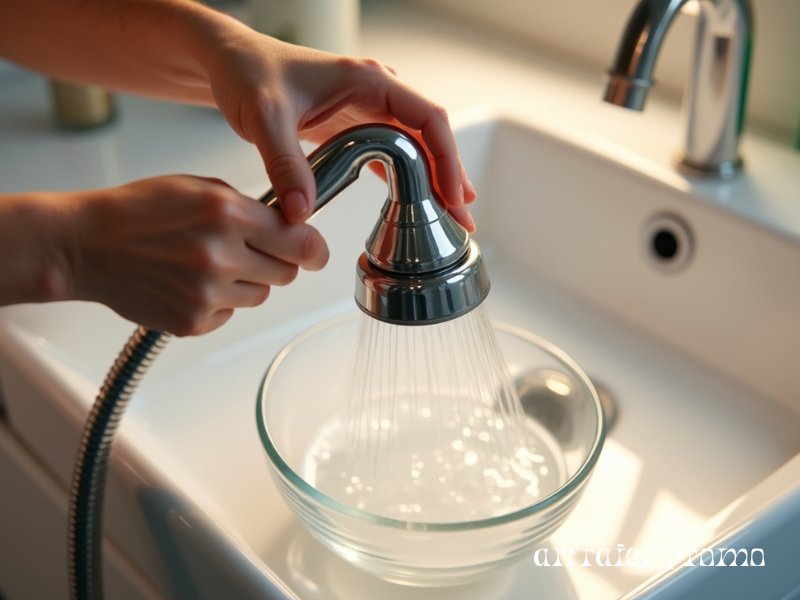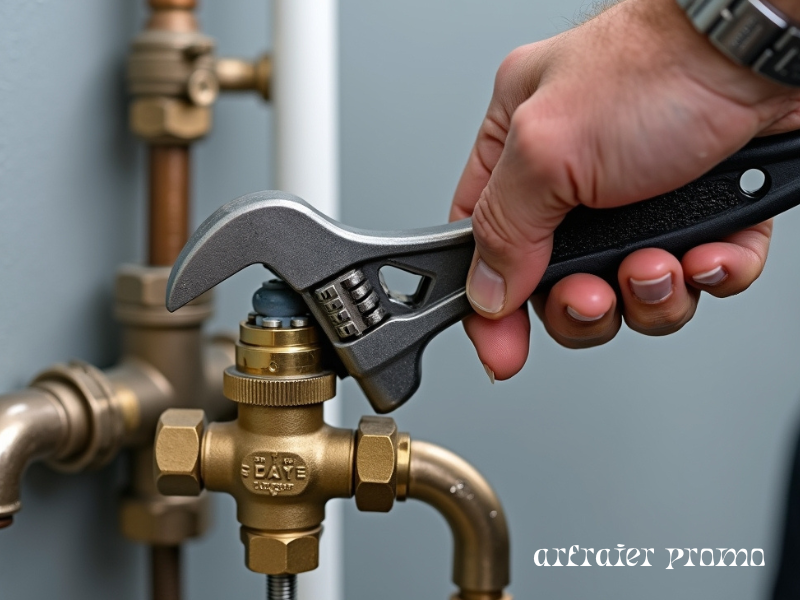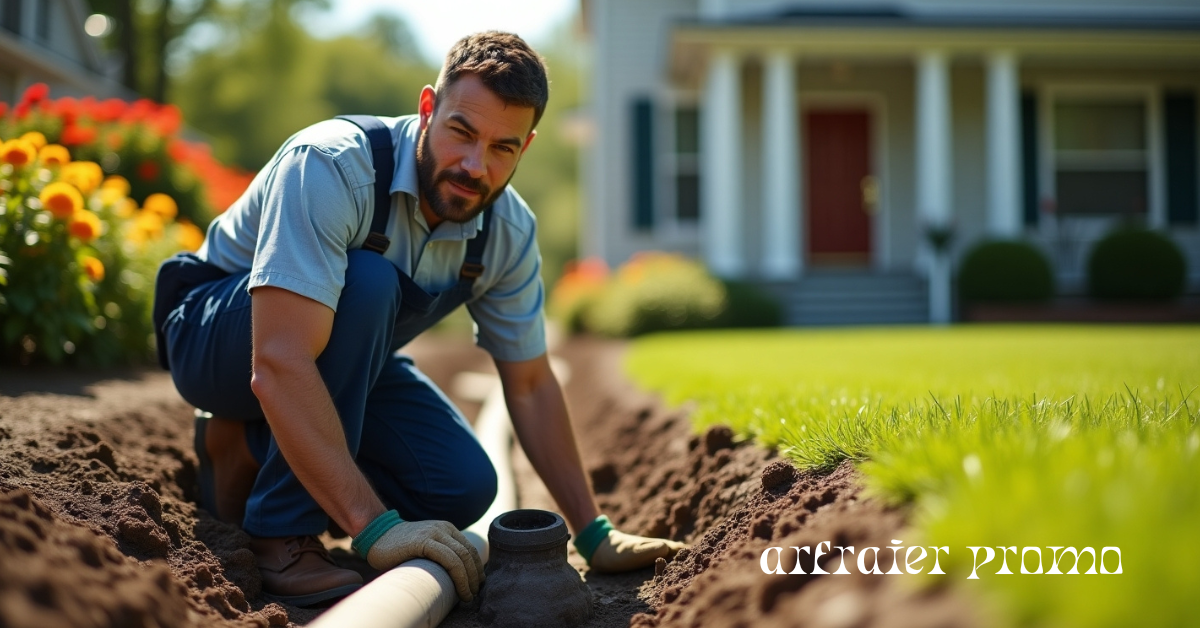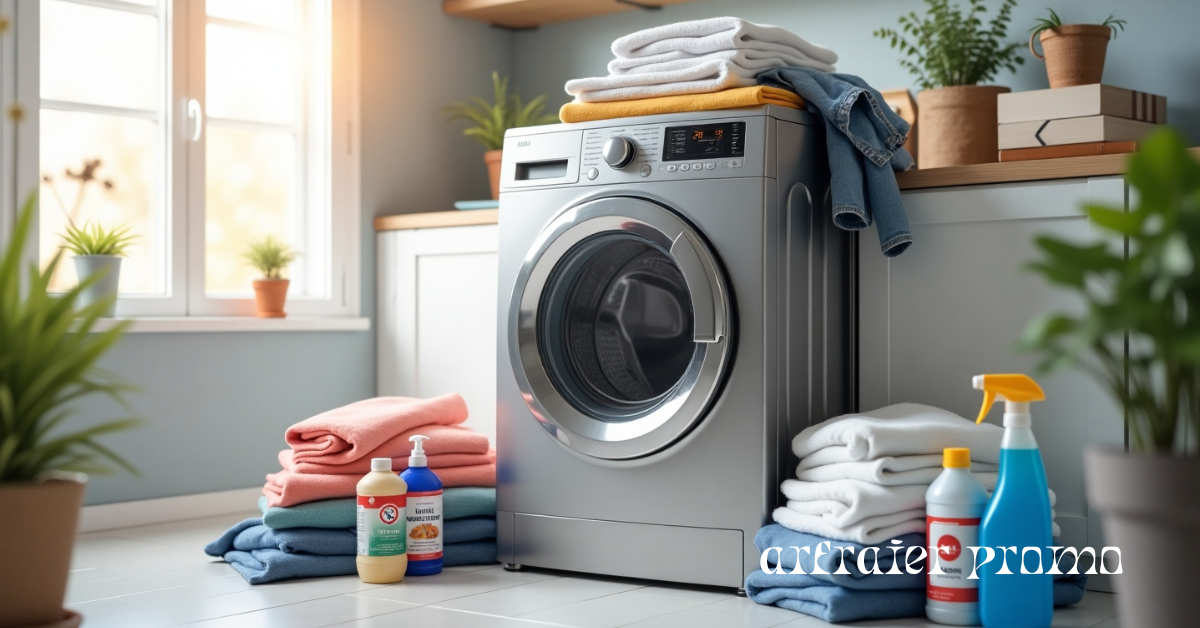If your showers feel weak or your washing machine takes forever to fill, low water pressure could be the culprit. It’s one of the most common home plumbing problems, but the good news is that it’s also one of the easiest to fix. From small DIY adjustments to installing a booster pump, there are several ways to get the water flow in your home back to normal.
This complete guide explains how to increase water pressure in your house, both with and without a pump, and helps you understand essential tools like a water pressure booster, regulator, and gauge.
What Causes Low Water Pressure in a House?
Before jumping into fixes, it’s important to identify what’s causing the issue. Some common reasons for low water pressure include:
-
Clogged pipes or fixtures: Mineral buildup and debris restrict water flow.
-
Leaking pipes: Even a small leak can reduce pressure throughout your home.
-
Partially closed valves: The main shutoff or meter valve might not be fully open.
-
Municipal supply issues: Sometimes, the local water provider temporarily reduces pressure.
-
Old plumbing: Corroded or undersized pipes can’t handle sufficient flow.
-
Faulty pressure regulator: When the regulator malfunctions, pressure may drop or fluctuate.
Identifying the cause first helps you decide whether simple maintenance will do the trick or if you need a more advanced fix like a pump or regulator replacement.
How to Increase Water Pressure Without a Pump
If the problem isn’t too severe, you can often restore good water flow using these simple steps — no special tools required.
1. Check for Leaks
Inspect visible pipes, joints, and connections around your home. A small leak can cause a noticeable pressure drop. If you spot moisture or water stains, fix the leak immediately or call a plumber.
2. Clean Faucets and Showerheads
Over time, mineral deposits build up and block water flow. Remove showerheads or faucet aerators and soak them in white vinegar for a few hours. Scrub gently and reinstall. You’ll often notice an instant improvement.
3. Fully Open Your Main Shutoff Valve
Sometimes, low pressure simply comes from a partially closed valve near your water meter. Make sure it’s fully open by turning it counterclockwise.

4. Flush Out Sediment
Turn on all the cold-water taps for a few minutes to flush out sediment from your plumbing system. This helps clear blockages that may restrict water movement.
5. Check for External Issues
If your neighbors are facing similar problems, the issue might be from your local water supplier. Contact them to check for maintenance or pressure reduction.
Pro Tip: Before and after each fix, use a water pressure gauge to measure results. It helps you see which step made the most difference.
How to Increase Water Pressure in House With a Pump
When water from your main supply consistently enters your home at low pressure, it’s time to consider a booster pump.
A water pressure booster pump uses an electric motor to increase the flow and pressure of water entering your house. It’s ideal for homes located uphill, far from the municipal supply, or in areas with generally weak pressure.
How It Works:
The booster pump senses the flow of incoming water and automatically kicks in to increase pressure as needed. It delivers steady flow to showers, faucets, and appliances without surges or drops.
Installation:
Most booster pumps are installed on the main water line right after the meter. Although you can buy DIY-friendly models, it’s best to hire a licensed plumber to ensure safe installation and proper connection.
Here’s a quick comparison of solutions:
| Method | Best For | Cost | Skill Needed |
|---|---|---|---|
| Without Pump | Minor issues like clogged aerators or leaks | Low | DIY |
| With Pump | Constantly low supply pressure | Moderate to High | Professional |
A booster pump may cost more initially, but it provides a long-term fix that improves water performance across your entire home.
Understanding a Water Pressure Booster
A water pressure booster is a specialized pump designed to stabilize and increase the pressure of water in your plumbing system.
Key Benefits Include:
-
Stronger showers and faster-filling sinks.
-
Consistent water pressure across multiple fixtures.
-
Improved performance of dishwashers and washing machines.
-
Automatic control systems that maintain steady pressure levels.

Best Practices:
-
Choose an energy-efficient booster to save on electricity.
-
Look for models with automatic shutoff features when no water is being used.
-
Regularly check and clean filters to maintain efficiency.
A high-quality booster is particularly helpful in multi-story homes where upper floors often suffer from weak water flow.
Role of a Water Pressure Regulator
A water pressure regulator—sometimes called a pressure-reducing valve (PRV)—controls and maintains consistent pressure throughout your plumbing system.
What It Does:
It keeps pressure from getting too high, which prevents pipe leaks and damage. However, if the regulator becomes faulty or is set too low, your water flow will suffer.
Where to Find It:
Most homes have a regulator installed near the main water shutoff valve, typically outside or in the basement.
How to Adjust It:
-
Use a wrench to loosen the locknut on top.
-
Turn the adjustment screw clockwise to increase pressure.
-
Turn counterclockwise to reduce it.
-
Use a water pressure gauge to measure results — aim for 45–60 PSI.
If adjusting doesn’t help, you may need to replace the regulator. A professional plumber can install a new one within an hour or two. For more expert insights, visit HomeTips’ guide on low water pressure.
Using a Water Pressure Gauge to Diagnose Problems
A water pressure gauge is an inexpensive tool (usually under $20) that helps you measure your home’s water pressure in PSI (pounds per square inch).
How to Use It:
-
Attach the gauge to an outdoor hose faucet.
-
Turn on the tap fully.
-
Read the PSI on the dial.
Ideal Range:
Most homes should have water pressure between 40 and 60 PSI. Anything below 40 PSI is considered low, while pressure above 80 PSI can damage pipes and fixtures.
If Your Pressure Is Low:
Try the simple fixes first — cleaning, checking for leaks, and adjusting the regulator. If these don’t work, you likely need a booster pump or plumbing upgrade.
When to Call a Professional Plumber
While most homeowners can handle minor fixes, some issues require professional help.
Call a plumber if you notice:
-
Persistent low pressure even after cleaning fixtures.
-
Leaks behind walls or under the foundation.
-
Rapid pressure fluctuations or “banging” noises in pipes.
-
Old galvanized or rusted pipes that need replacement.
A professional can also test for hidden leaks or replace outdated plumbing systems that limit water flow.
Final Tips to Maintain Good Water Pressure
-
Clean faucets and showerheads every few months.
-
Flush your water heater once a year to remove sediment buildup.
-
Inspect the regulator and gauge annually.
-
Replace aging plumbing before it becomes a major issue.
-
Avoid running multiple water-heavy appliances at once.
Consistent maintenance not only ensures steady water flow but also extends the lifespan of your plumbing system.
Conclusion
Improving water pressure in your house doesn’t always mean spending a fortune. In many cases, small actions like cleaning fixtures, checking valves, or adjusting a regulator can make a noticeable difference.
For persistent issues, investing in a water pressure booster pump is a reliable long-term solution. Whether you fix it yourself or hire a professional, maintaining steady water pressure will make everyday tasks smoother, showers more satisfying, and your plumbing system more efficient overall.
Frequently Asked Questions (FAQs)
Q1: How can I tell if my water pressure is too low?
Attach a water pressure gauge to an outdoor faucet. Readings below 40 PSI mean the pressure is too low.
Q2: Will a booster pump increase water pressure for the entire house?
Yes, when installed on the main water line, it boosts pressure for all faucets and fixtures.
Q3: Can a faulty regulator cause low water pressure?
Absolutely. If your regulator is set too low or malfunctioning, it can restrict water flow.
Q4: Is high water pressure dangerous?
Yes. Pressure above 80 PSI can stress pipes, leading to leaks or bursts. Use a regulator to prevent this.
Q5: What’s the ideal home water pressure?
For most households, 45 to 60 PSI is perfect — strong enough for good flow but safe for your plumbing.






